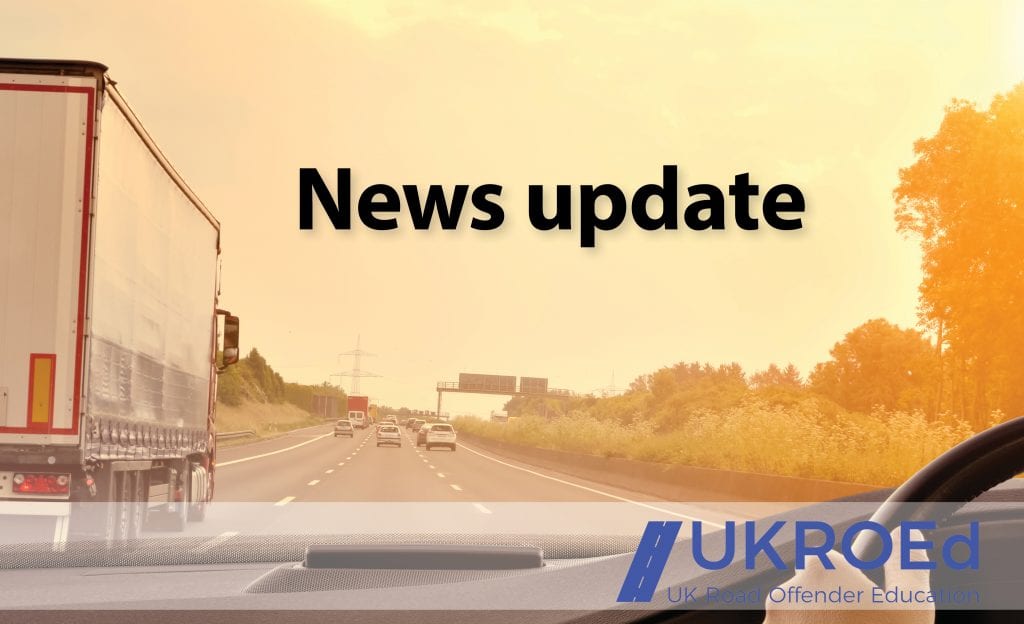Safety benefit of connected vehicles

Data collected from connected vehicles can be used to help identify dangerous stretches of road before anyone is killed or seriously injured on them. This is one of several ‘valuable applications’ of data collected by cars and other vehicles, including cycles, as they use the road network, identified by a new report for the RAC Foundation.
Trials are already being run where connected vehicles generate data about extreme driving manoeuvres – such as harsh braking – accurately geolocated to particular points on the road network. This allows highway engineers the potential to look at those locations where there are early indications of emergency manoeuvres and identify the cause. This could be a hidden junction, regularly queueing traffic or even a damaged road surface.
According to the report, resources could then be targeted on maintaining the road or changing its layout before a serious crash occurs. This illustration of how information collected by connected vehicles could be used is one of several highlighted in the research.
Other applications include:
- In-Vehicle Signing (IVS), displaying road signs and warnings to the driver inside the vehicle
- Green Light Optimal Speed Advisory (GLOSA), which tells drivers how to adopt driving to pass through the next traffic lights on green
- Using eCall data from cars and vans to rapidly identify stopped and crashed vehicles from their airbag activations
- Using vehicle-generated data to improve traffic light timings
- Using vehicle-generated data to improve road maintenance planning
- Using real-time traction data to identify slippery roads in winter so they can be treated